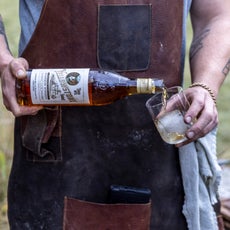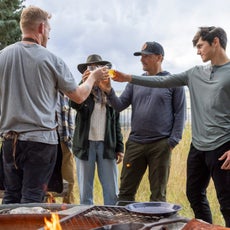Want to get to know the landscape in a whole new way? Try sampling nature’s bounty. The greater Yellowstone ecosystem is a great place to add foraged ingredients to the menu—just follow the advice of Kevin O’Connor, a wilderness-inspired chef who seems born to the job.
O’Connor knew he wanted to be a chef by the time he was nine years old. “There are a lot of factors that set me on that path,” he says. “Growing up on a vineyard in the Sierra foothills was one of them. Being able to forage and hunt was another.”
Early on, he realized that good food came from a healthy landscape and that using the land’s abundance to feed people was a love language. For two decades, O’Connor worked in Michelin-starred restaurants and even opened a hot new eatery right on the edge of Yellowstone National Park.
“That’s where I learned what burnout was,” he says. Overworked and depressed, O’Connor quit his job and fled to a ranch in Montana to recoup—and got back into foraging. “I had the inspiration and sheer humbling power of the national park and surrounding wilderness,” he says. “It was a six-month-long vision quest that changed my life forever. Getting your hands dirty and your feet wet—that’s all the medicine you need.”
An Edible Landscape
Here’s what to forage in Yellowstone National Park, plus how to prepare each one (foraging permit required).
Caraway
Find it: Year-round, in wet, low-lying pastures.
Use it: The seeds are good for seasoning, or chop the roots into soups or stews.
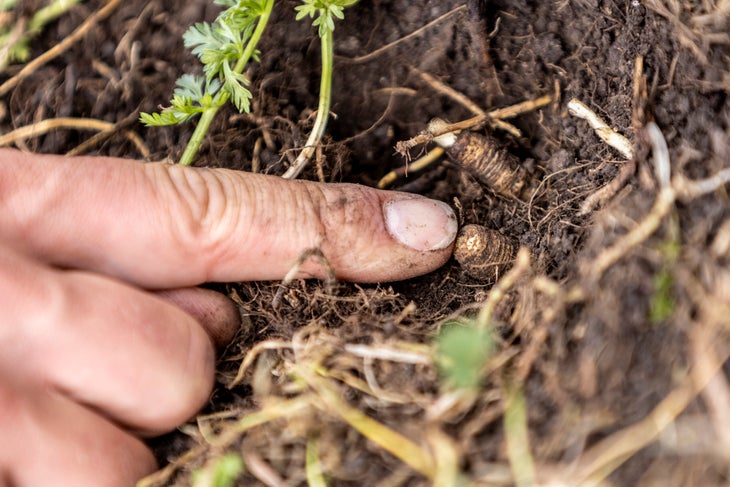
Rosehips
Find it: September–October, in sunny patches and along streams.
Use it: Make a syrup. Drizzle it over yogurt, or mix it with single-malt bourbon and mint leaves.
Black Morel Mushrooms
Find it: June–July, in burn zones one year after a fire.
Use it: Sauté with garlic and herbs and stir into a creamy pasta.
Golden Chanterelle Mushrooms
Find it: August–September, on the forest floor among pines.
Use it: Cook in butter and serve alongside grilled steak. Pair with Yellowstone Toasted Bourbon.
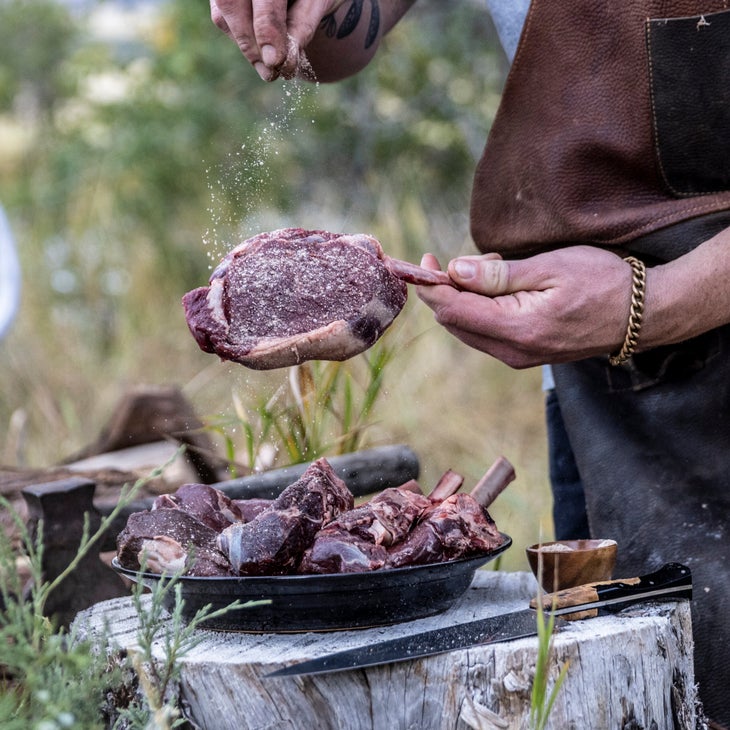
Oyster Mushrooms
Find it: May–June, on cottonwood trunks and standing snags.
Use it: Lightly sauté and throw them on a pizza.
Wild Strawberries
Find it: July–August, on the ground along partially shaded trail.
Use it: Put them in your morning oatmeal or a cup of yogurt.
Huckleberries
Find it: July–August, on bushes along trails and in open forest.
Use it: Bake them into a buttery pie or cobbler. Pair with Yellowstone Select to bring out the bourbon’s cherry notes.
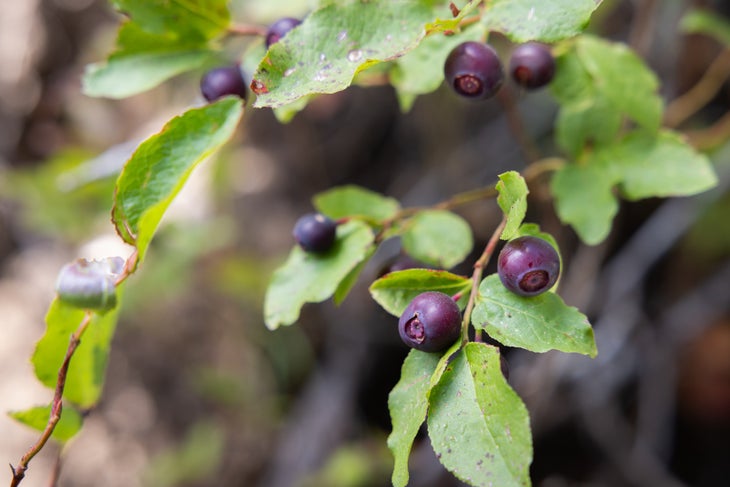
Raspberries
Find it: August–September; look for big bushes along trails or in partial shade.
Use it: Scatter with almonds over homemade ice cream.
Raise a Toast: Huckleberry and Honey Sour
Celebrate a great day in the national park with this custom recipe and Yellowstone Bourbon, which was founded in 1872 to honor America’s first national park, and which continues to support the national park system today.
Glassware: Rocks glass
Ingredients
- 2 oz Yellowstone Select Bourbon
- 1 oz fresh lemon juice
- 3/4 oz honey syrup (1 part honey, 1 part hot water, mixed and cooled)
- 1/2 oz huckleberry puree or huckleberry syrup
- Fresh huckleberries or lemon wheel for garnish
Directions
- Fill a cocktail shaker with ice.
- Combine all ingredients and shake until chilled.
- Strain the mixture into a rocks glass filled with ice.
Established in 1872, Yellowstone Bourbon was crafted to honor the sprawling wonder of America’s first national park. It’s what first inspired us to create approachably smooth whiskey for the benefit and enjoyment of the people, and why we still do it today.
The post Eat Like a Grizzly appeared first on Outside Online.

